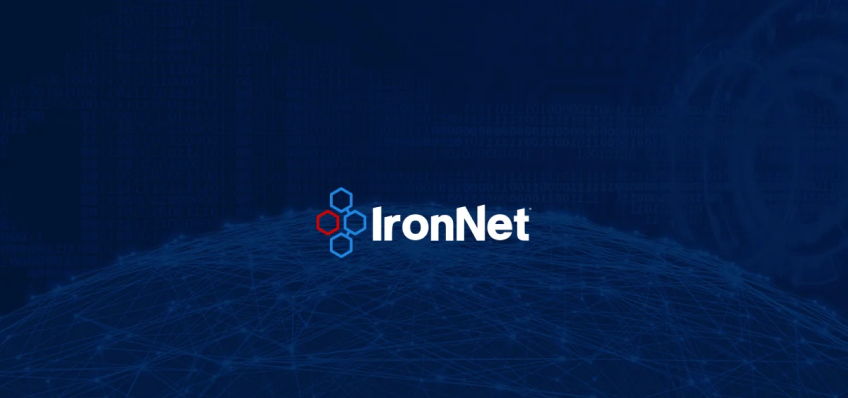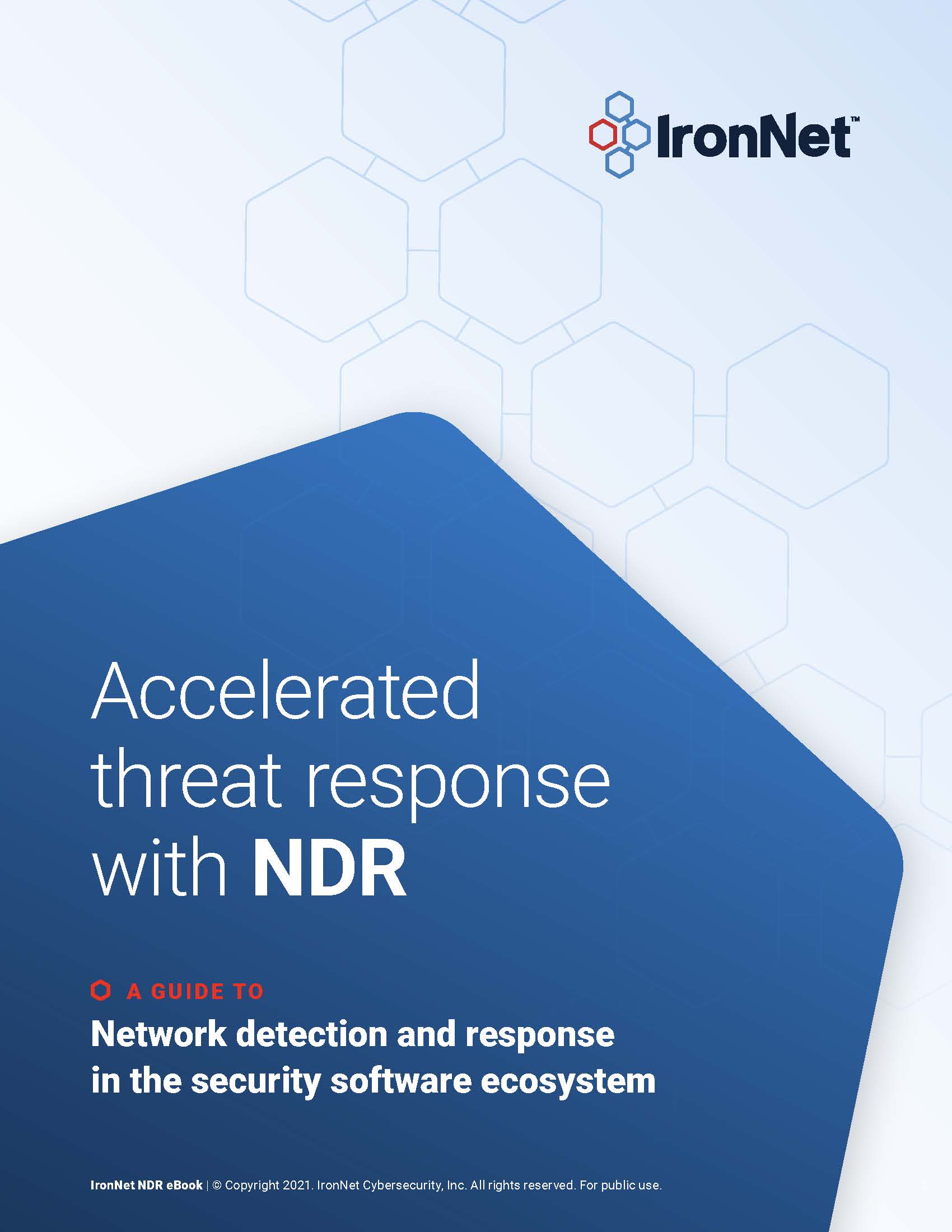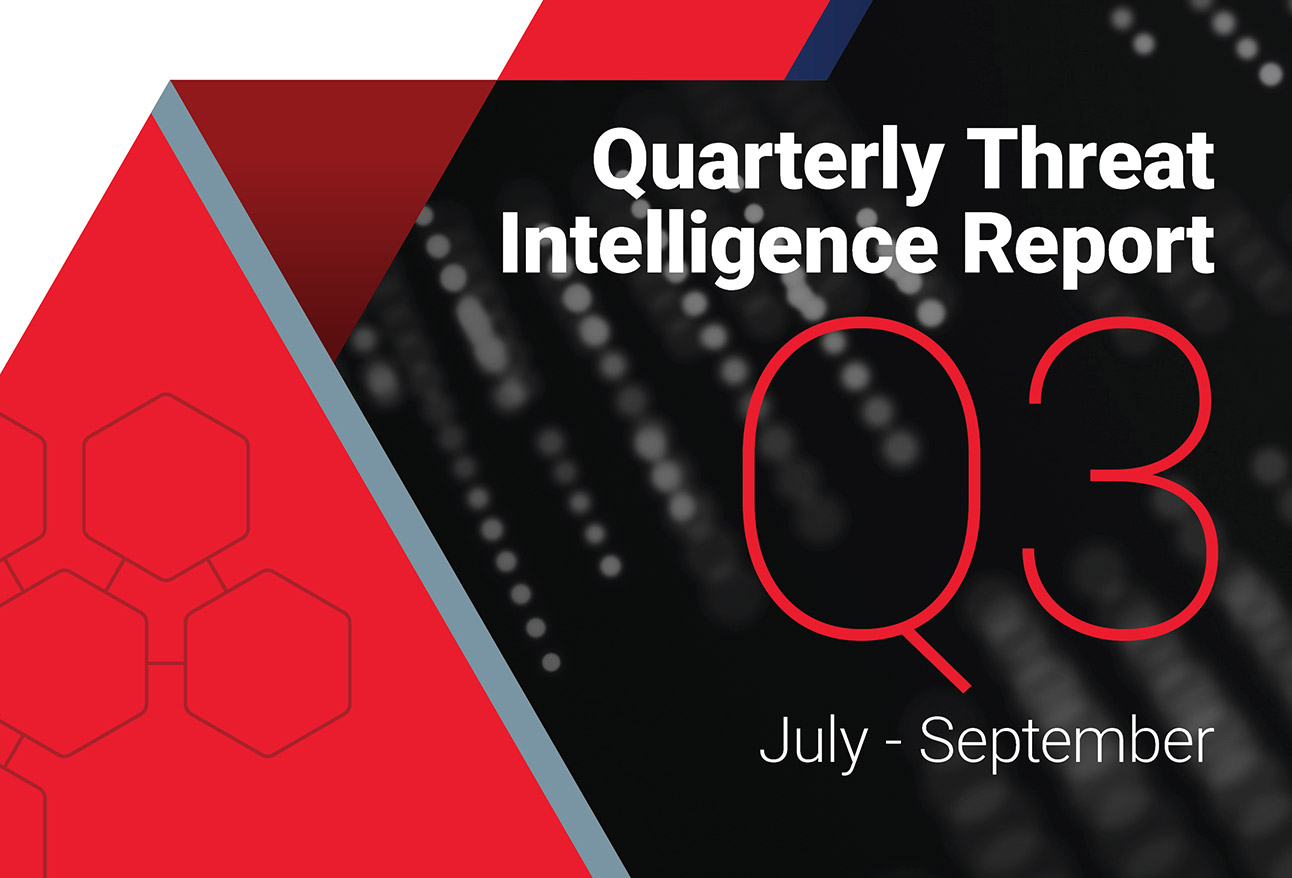Navigating the supply chain security challenge: Defending against 5 common attack vectors
Cyber attacks on supply chains more than quadrupled in just a year (from 2019-2020), and 84% of IT decision makers around the world believe that “software supply chain attacks could become one of the biggest cyber threats to organizations like theirs within the next three years.” Yet, surprisingly, only 36% of those surveyed have vetted the security posture of their suppliers within the last year, according to CrowdStrike’s 2021 Global Security Attitude Survey.
5 common supply chain attacks and how to defend against them
While you may have invested greatly in cybersecurity controls and are confident about your company’s own security safeguards, it is imperative to evaluate the security posture of your th...
.png)



